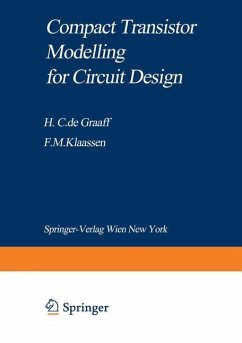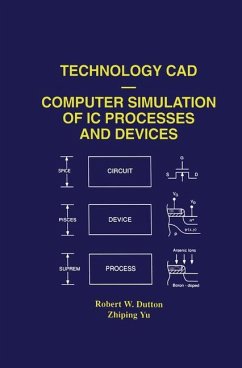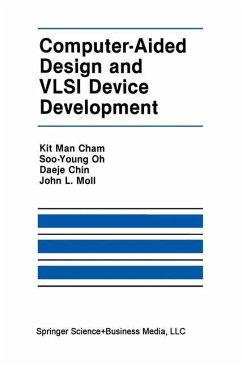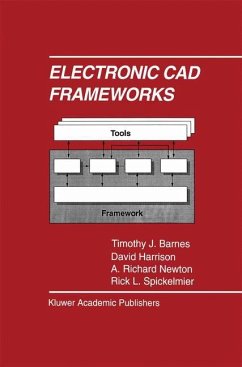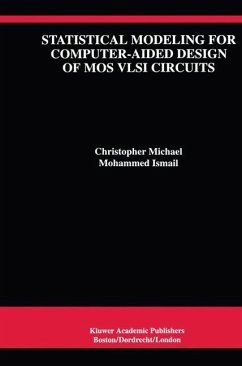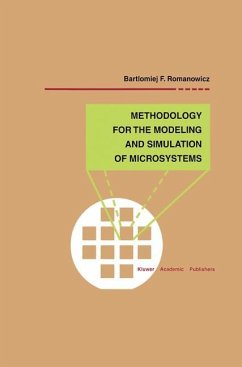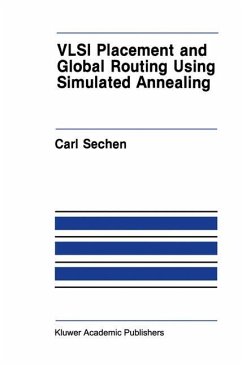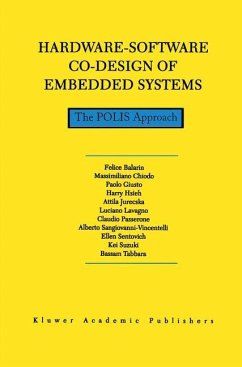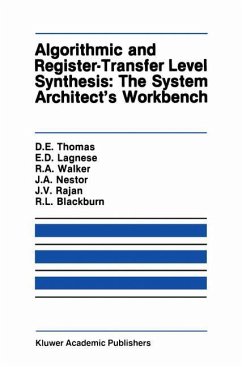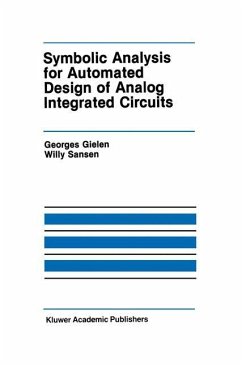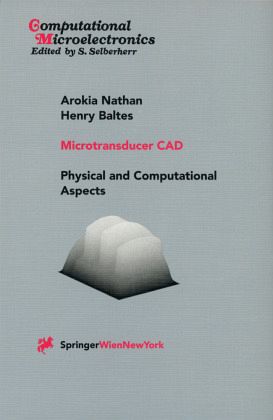
Microtransducer CAD
Physical and Computational Aspects

PAYBACK Punkte
19 °P sammeln!
Computer-aided-design (CAD) of semiconductor microtransducers is relatively new in contrast to their counterparts in the integrated circuit world. Integrated silicon microtransducers are realized using microfabrication techniques similar to those for standard integrated circuits (ICs). Unlike IC devices, however, microtransducers must interact with their environment, so their numerical simulation is considerably more complex. While the design of ICs aims at suppressing "parasitic" effects, microtransducers thrive on optimizing the one or the other such effect. The challenging quest for physica...
Computer-aided-design (CAD) of semiconductor microtransducers is relatively new in contrast to their counterparts in the integrated circuit world. Integrated silicon microtransducers are realized using microfabrication techniques similar to those for standard integrated circuits (ICs). Unlike IC devices, however, microtransducers must interact with their environment, so their numerical simulation is considerably more complex. While the design of ICs aims at suppressing "parasitic" effects, microtransducers thrive on optimizing the one or the other such effect. The challenging quest for physical models and simulation tools enabling microtransducer CAD is the topic of this book. The book is intended as a text for graduate students in Electrical Engineering and Physics and as a reference for CAD engineers in the microsystems industry.



